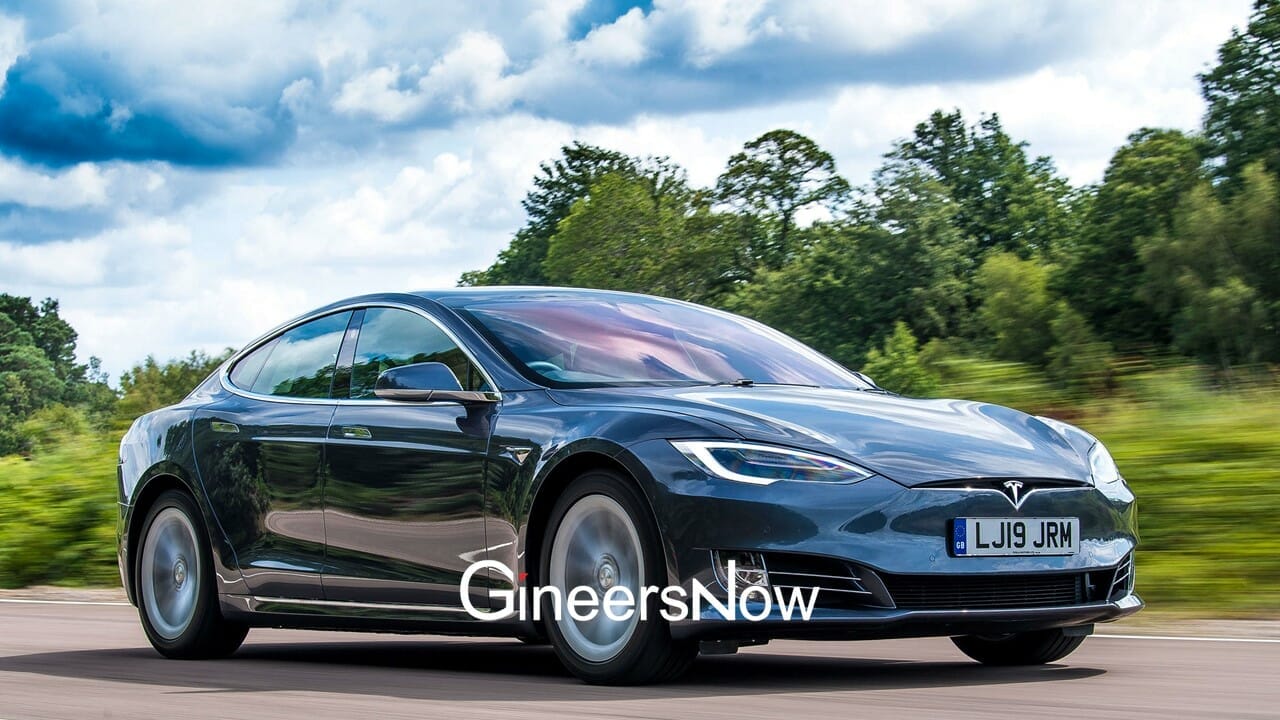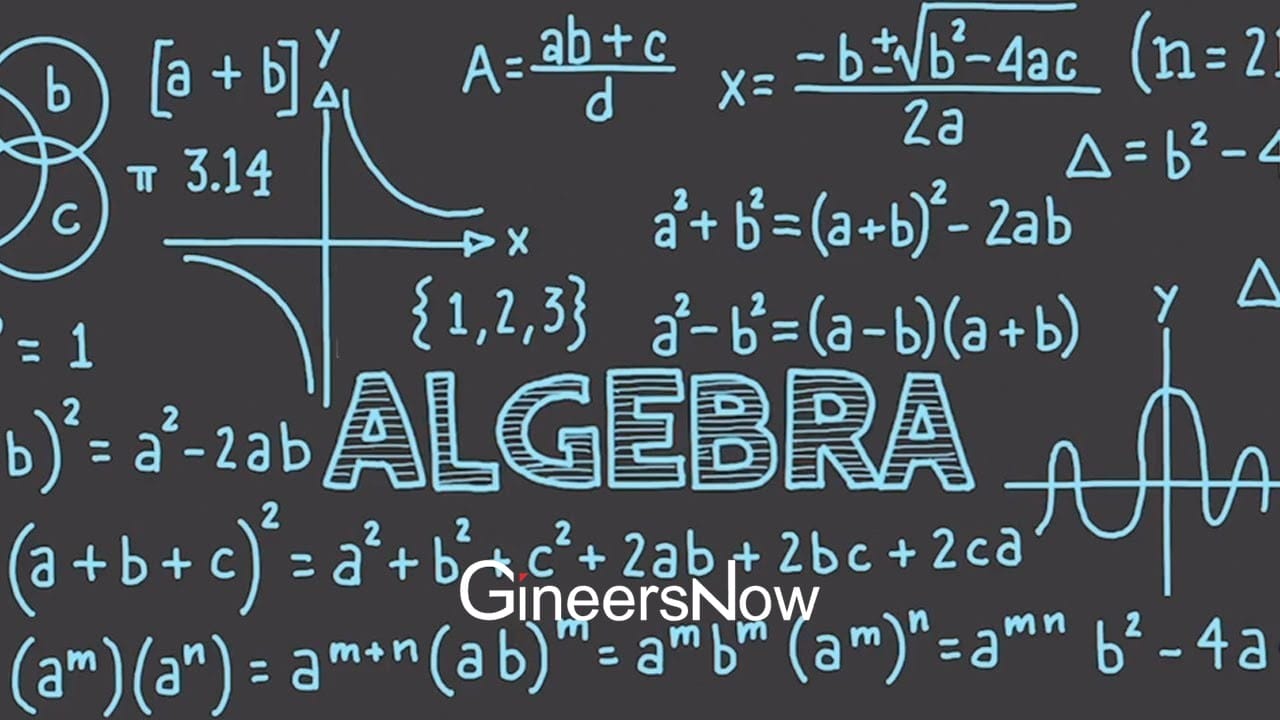It’s arguable that modern automotive systems can’t do without actuators. For years, manufacturers have employed these motion devices to optimize various operations, ensuring both vehicle durability and user convenience. What exactly are the roles and functions actuators handle in-car systems? We’ll look at the basics, advanced, and potential future applications in this article.
Basic Functions of Actuators in Cars
The primary goal of actuators in cars is to make driving more comfortable and efficient. How they actualize that isn’t always complex. Sometimes, it involves basic functions like the following:
Opening and Closing Valves
One of the key roles of actuators is to open and close valves in car engines and similar systems. In the process, they help manage the fluid and gas flow, like with coolant or fuel, for example. If you’re a car owner, you’ll know this control is crucial for the vehicle to operate optimally.
Adjusting Seats and Mirrors
Comfort in your car goes beyond a smooth ride — it’s also about how you sit and what you see. In that aspect, actuators can help ease how you adjust your car seat’s position and the angle of your mirrors. With one press of a button, you can incline or recline your seat, and it’s similar for your side and rearview mirrors. Ultimately, the motion devices ensure you have the best possible view as you drive.
Gear Shifting
Actuators help with changing gears in automatic and semi-automatic cars. By default, the process of disengaging one gear and engaging another is relatively complex, but motion devices handle it in milliseconds. Consequently, you get a smoother ride and better fuel efficiency.

Advanced Functions of Actuators in Cars
Cars are becoming more high-tech, so actuators are taking up more roles than the basics explained earlier. Here are some advanced functions of these motion devices in vehicles.
Adaptive Headlights
You can’t skip using headlights when driving at night or in bad weather. If your car has the adaptive type, it most likely uses an actuator to operate. Adaptive headlights use motion devices to adjust direction and angle based on your speed and steering. The result is better visibility, especially around curves, so you can avoid potential hazards.
Active Suspension Systems
Actuators in active suspension systems adjust the car’s suspension in real-time. It sounds complex, but how they work is simple. The motion device reacts to road conditions and user inputs, reducing bumps and jolts. In the end, handling is better, and the ride is more comfortable.
Electric Power Steering
Gone are the days of rigid steering wheels that require strength to operate. With electric power steering, actuators make turning the wheel effortless. You get more stability at high speeds and easier steering in low settings, as the motion device adapts the wheel to your each.

Challenges and Limitations
While actuators play many roles in automotive systems, they do incur challenges from time to time. Also, they’re not resistant to limitations. Here are some you should know:
Mechanical Wear and Tear
You only need one look at an actuator to know it’s a mechanical device. It doesn’t matter the type — electric, pneumatic, or hydraulic. Also, actuators handle repetitive tasks, sliding and gliding again and again.
This constant activity makes them liable to wear and tear. So, over time, their efficiency and performance decrease. Notably, elements like corrosion or physical damage can also shorten their lifespan. No doubt periodic maintenance can lessen some of these issues, but mechanical components will eventually wear out and require replacement.
Software Issues
As automotive systems become increasingly reliant on software, actuators that rely on digital commands become prone to software-related problems. We’re looking at issues like minor glitches that cause occasional performance hiccups or severe bugs that can compromise safety. As a car owner, you may need to update the actuator software frequently. In some cases, manufacturers may recall vehicles due to software flaws affecting actuators.
Cost Considerations
Advanced actuators provide a wide range of possible benefits. However, they don’t cost a dollar or two. High-tech components are generally more expensive for manufacturers to produce and install in vehicles. Subsequently, the cost gets to car buyers, who pay for both the initial purchase price and ongoing maintenance. Additionally, if an actuator fails and needs replacement, the parts and labor can be expensive, especially if it’s part of sophisticated vehicle systems.
Potential Future Roles of Actuators in Automotive Systems
As technology continues to evolve, we can expect actuators in automotive systems not to remain stagnant. Definitely, they’ll undergo significant changes as the years roll on, and here are some promising developments.
Advances in Materials
No doubt, actuators are known to be sturdy. That’s why they have wide applications. Nevertheless, material science keeps pushing boundaries such that we can expect lighter, stronger, and more durable actuators in the coming years.
Consider the use of advanced polymers and composite materials as a noteworthy example. Such a blend can decrease weight and, at the same time, amplify resistance to wear and tear. Consequently, the advancement will extend the working spans of actuators, introducing more efficiency. The effect is also better vehicle performance and lower maintenance costs.
Integration with IoT Devices
Recently, there have been many integrations of the Internet of Things (IoT) into automotive systems. Particularly, if this advancement reaches actuators, it’ll improve how these motion devices communicate with other devices. For example, your car’s actuators can “talk” to your smart home system to initiate different functions. As a car user, the integration of actuators with IoT devices will mean not just more efficiency but also a better personalized experience.
Role in Autonomous Vehicles
Self-driving cars are not mainstream, but we see signs that they’ll eventually be. When the time comes, saying actuators won’t play a critical role in helping them function is a fallacy. Many autonomous systems today require a network of actuators to handle tasks that a human controller would typically perform. Regarding vehicles, some workable applications include steering, braking, and operating various in-car systems. However, such will only be actualized if the motion devices become faster, more reliable, and smarter.
Conclusion
The role of actuators in modern automotive systems cannot be overemphasized. As explained, these devices handle simple tasks like opening and closing valves, adjusting seats, and shifting gears. Beyond the basics, they have advanced functions in adaptive headlights and active suspension systems.












